Last Updated on 20 June 2022 by Alisea Mae
Whether we have large gardens or small ones, we tend to work in zones and themes to create more diversity and interest. Often, this means splitting plots between flower and vegetable gardens, but what about a herb garden as well. Today, I want to share herb garden ideas and showcase the benefits of growing these plants.

Creating a herb garden for your wellbeing
My interest in herbs has grown recently in relation to my juicing hobby. Those that are familiar with this site may know that juicing and making healthier recipes are important to me. I recently bought some herb seeds as part of this experimental process to see how they could add flavour to my juices and for use with other dishes. I spent a fun morning learning about the range and the accessibility of herb gardening. The more I learned about the benefits, the faster the ideas began to flow.

For example, herbs are more than just a way of adding flavour to dishes and drinks. It amazes me how many medicinal properties can lie within one single plant – such as the power to calm us, help with digestive issues, ease inflammation, and so much more. Some herbs are specialists and others are multi-purpose. This is something I look forward to learning more about as I choose the best herbs for my herb garden in the future.
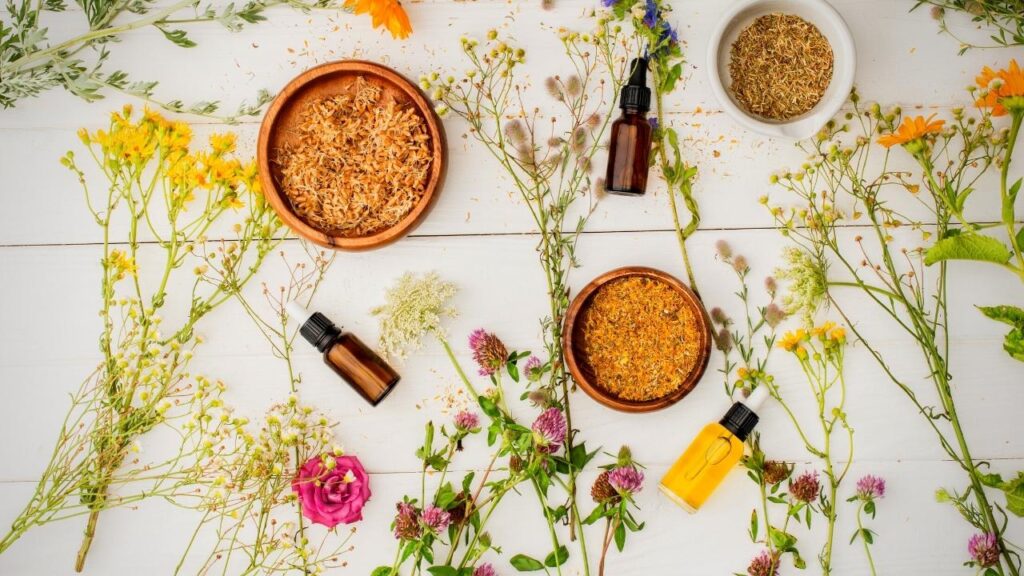
Other benefits of growing herbs
The more I looked into the benefits of growing herbs, the keener I became to consider the best options and to create something advantageous for the family on different levels. Beyond those health benefits, there are economic benefits too. Food costs mean that buying fresh herbs each week can add up, but growing them yourself will make a difference.
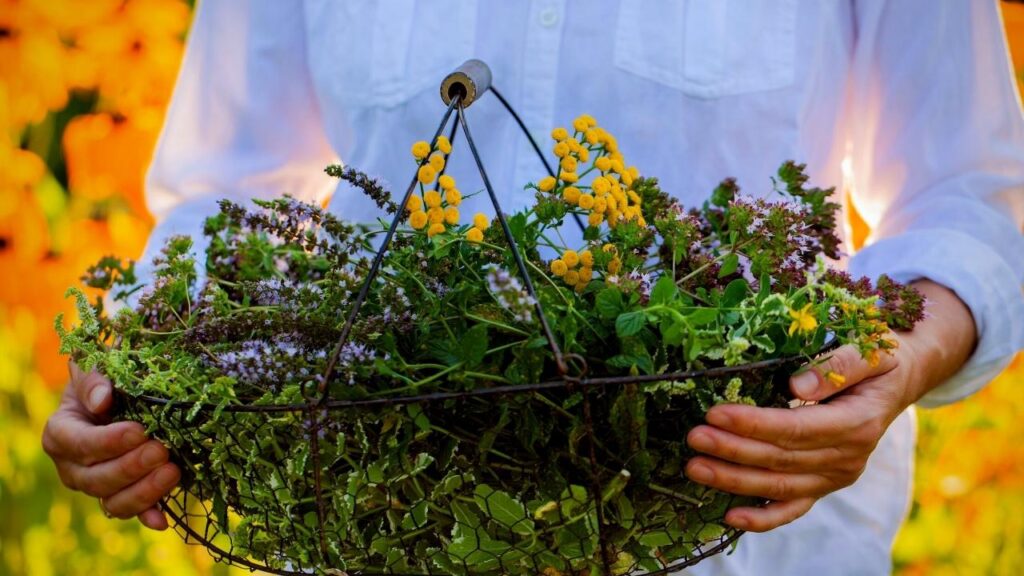
There are also many environmental benefits beyond simply building a greener space in or outside your home. Growing herbs yourself means you can grow your own produce without the risk of pesticides, which is great for our health but also for the pollinators that love to visit these plants. You can also cut out the food miles and packaging involved in cultivated and prepared herbs that you find in supermarkets.
Then there is the fact that it is so easy and fun that you can make this a great project for the whole family. If you are keen to teach kids about growing culinary plants and like gardening with a sensory experience, herbs are ideal. You can see, smell, and taste the efforts of your hard work and experiment with lots of interesting plants.

With all these great advantages in growing herbs, there is no better time to get started and create a beautiful herb garden of your own. So, here are some ideas on styles of gardens, ways to grow your herbs, and other considerations to keep in mind.
Container-based herb gardens
1) Planting in pots
Pots are a great choice for herbs because they have more visual appeal and raise the plant off the ground. This makes it easier to pick the herb and can help with pest control. You could create a diverse display in one big pot or use lots of little multicoloured pots to add some colour. Where possible, try to steer away from plastic pots and look for something more sustainable and interesting.

2) Livestock trough
If you do decide to go for one large planter, you might like the look of a herb garden in a trough. These large containers have plenty of space for a range of herbs and look great along a wall. Just make sure to create appropriate drainage. This is also another great way to take an environmentally friendly route by repurposing an unwanted item.
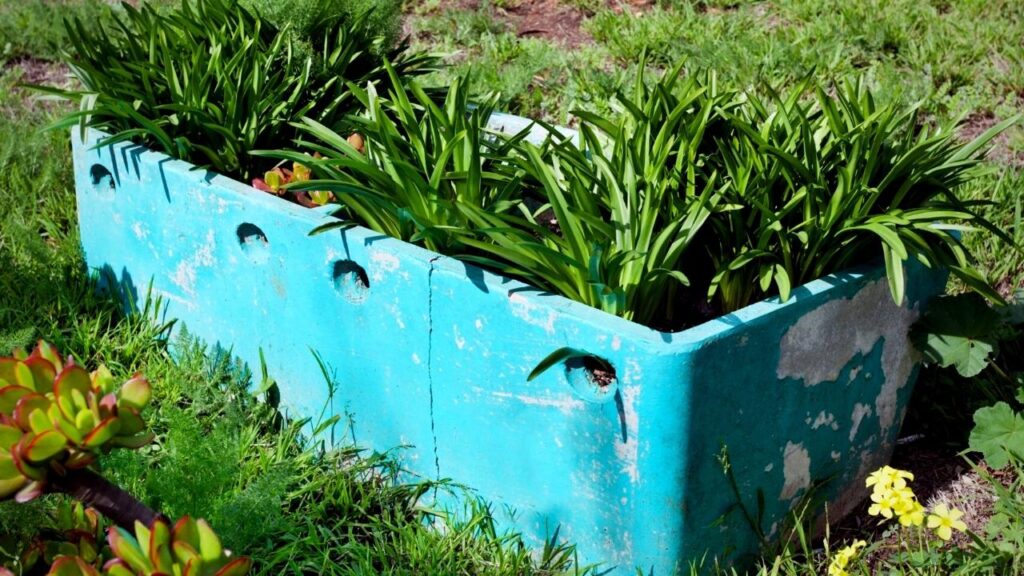
3) A pyramid planter
Pyramid planters are appealing because they bring an interesting structure to the garden. You can plant them out in tiers of your favourite herbs. The bigger the planter, the more you can grow and the more tiers you may have to play within your design. By going up, rather than horizontally, you are also likely to save on space. There are also stepped tiered planters around that have a similar function and benefit.
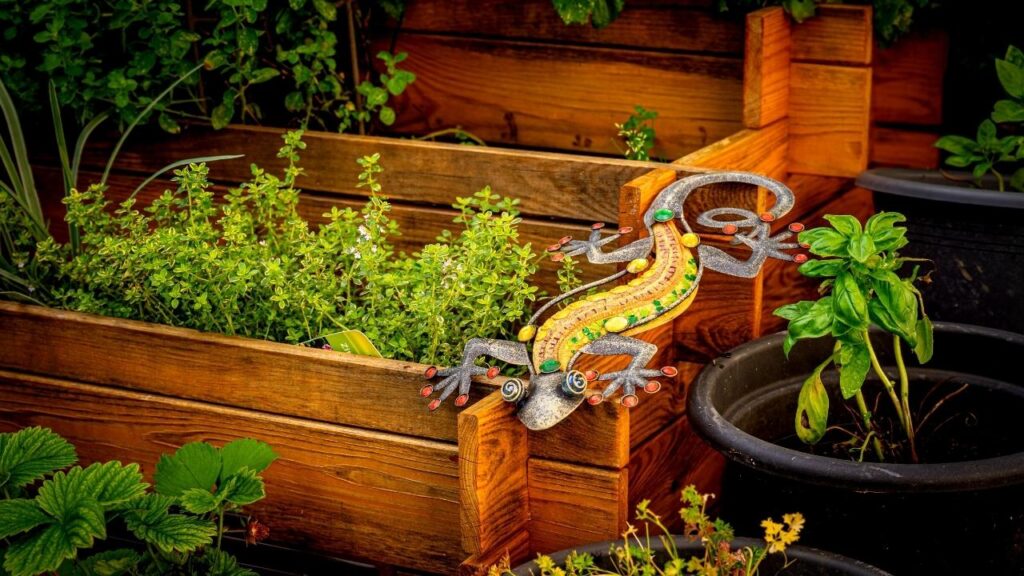
4) Hanging baskets
Hanging baskets don’t just have to be for trailing, flowering plants. The right basket, in the right place, can also act as a great place to grow herbs. This is perfect for small gardens where you don’t want to give over a patch of ground for growing food. A basket on a porch can also provide scent as you come home and is a great height for picking whatever you need that day.

5) Upcycled planters and pots
If you like the idea of going for a container-based herb garden – either indoor or outdoor – you can play with the types of containers and repurpose items. Upcycling pots and cans from the kitchen add an interesting aesthetic and reduce costs and the use of plastic.
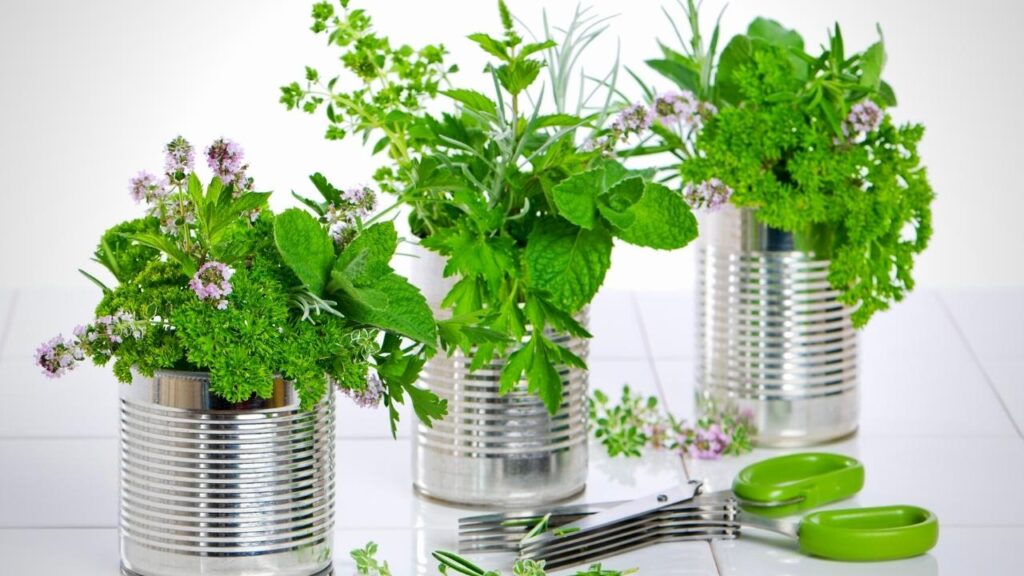
An ordered planted herb garden
6) A traditional courtyard
If you have the space in your garden to create a herb garden – and the time to dedicate to creating it – you can build an impressive, traditional area. You can mark out beds and borders into different sections and separate them with a little box hedge. This requires some effort but is rewarding for those keen on herbs and those that want to experiment with different crops.
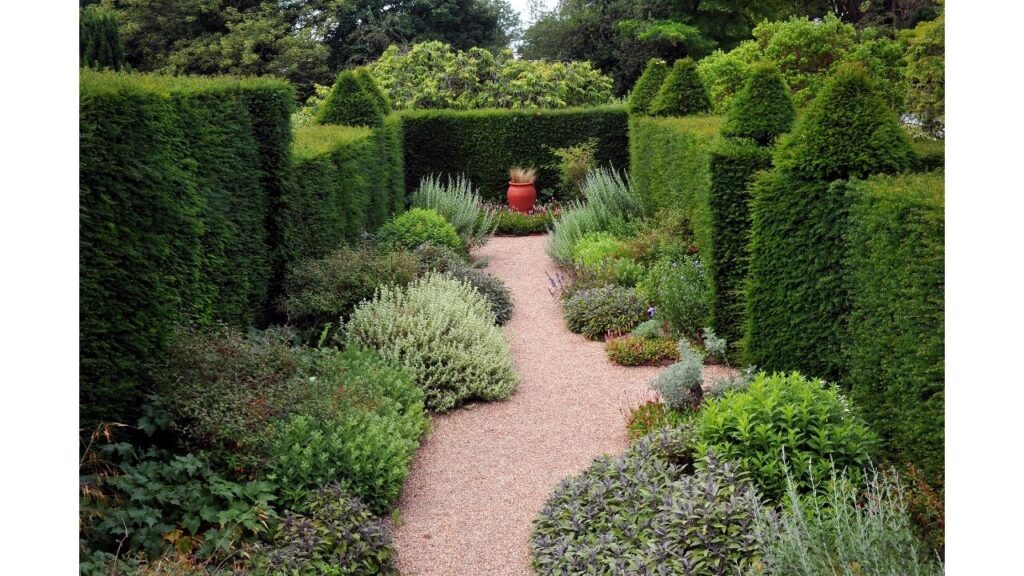
7) A checkerboard
This planting style is similar, but with a modern twist. Here you can create a design that alternates between planted squares and paved areas. This creates an attractive checkerboard look that you can look out over from the kitchen. The designated squares are perfect for separating out your crops by smell, taste and colour. It isn’t the most practical, but it works.
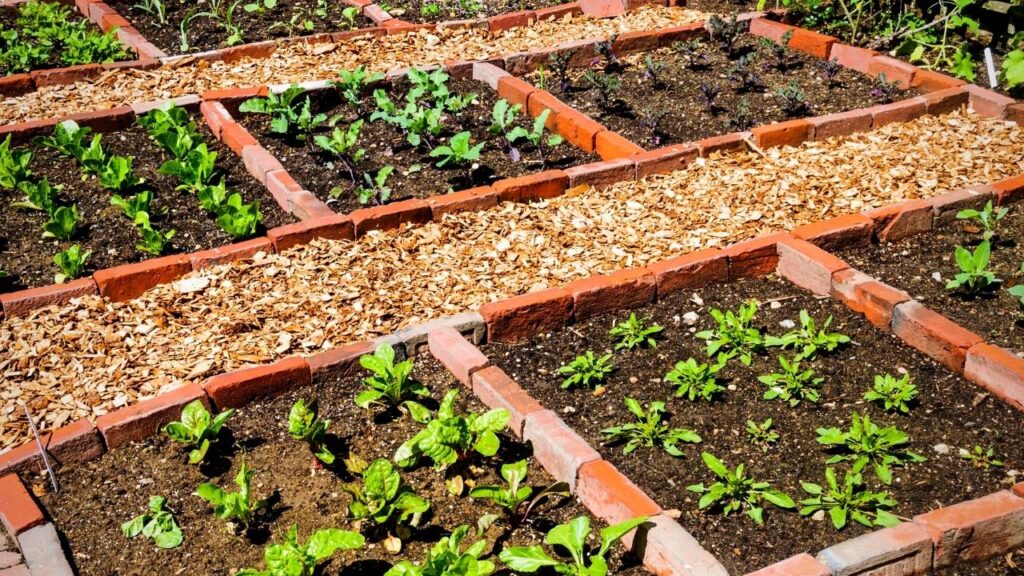
8) A gridded raised bed
The last two options can require a lot of time, space and resources. Luckily, there is an alternative solution in the form of a raised bed. Raised beds offer the same benefits as containers for reaching crops and deterring pests. A large bed isn’t too hard to make with some reclaimed wood. Once constructed, mark out sections with string to separate out planting areas. This is a great way to experiment with different crops without worrying about the look of the garden.
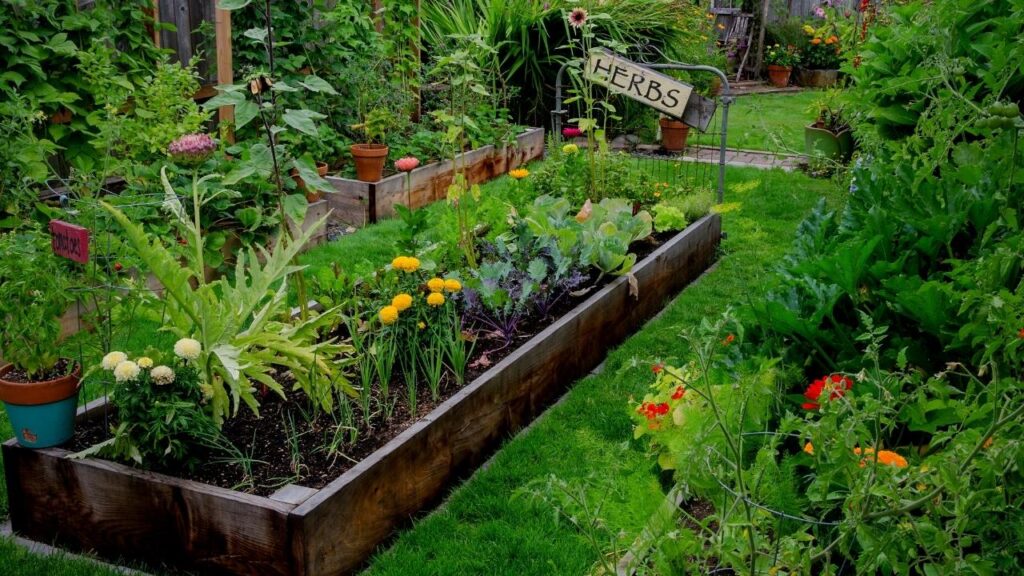
A more natural planted herb garden
9) A rockery with herbs and other alpines
If you don’t like the idea of such an ordered approach to planting, you may prefer some of the more natural-looking solutions. One option is to create a rockery area and use herbs just as you would any other plant. Herbs don’t have to be separate. You can create an attractive alpine area with hardy herbs and other flowers for an area of greater interest.

10) A herb spiral
This is a popular approach with many gardeners because of its look. The idea is similar to the pyramid planter in the way it takes the plants upwards. This time there is a looser structure with a spiralling raised bed. This can blend into the garden and looks great. It is also a practical way to pick herbs while tending the garden.
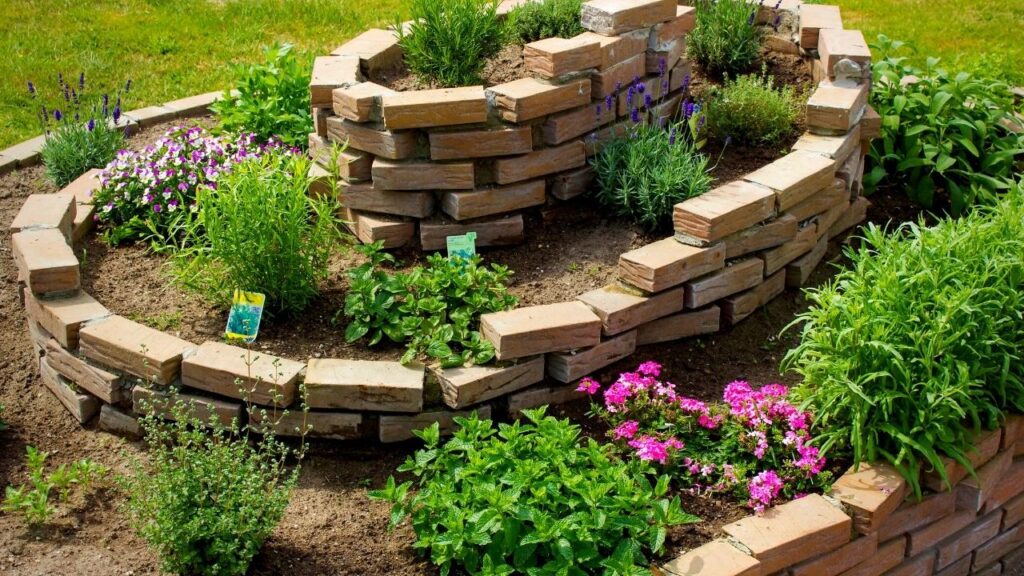
11) Disperse the herbs around the garden
There is no reason why herbs have to be segregated away from other plants. If you want, you can dot them around to provide colour and scent in different areas. You can also choose species that will enhance an area. For example, you might put lavender beneath the washing line or create a chamomile lawn effect between paving stones. You could put rosemary by the kitchen door or some chives by the front door to chew as you head out into the garden.
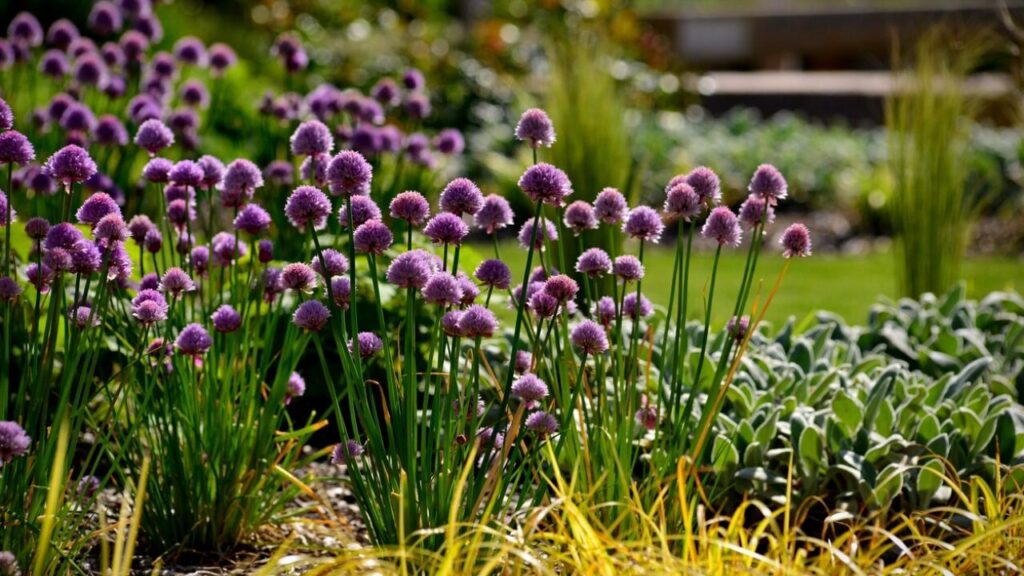
Additional planting ideas for herb gardens
Traditional planting styles for outdoor herb gardens are great. But, herb growing is more versatile than that. The following may be better suited to your needs and situation.
12) Indoor herb gardens
This is a simple way to bring the culinary tastes and smells into the kitchen from the start. You can grow some plants in containers inside to add greenery to the space and make it easier to maintain and pick plants as you need them. Just be sure to research plant types to be sure they are suitable.
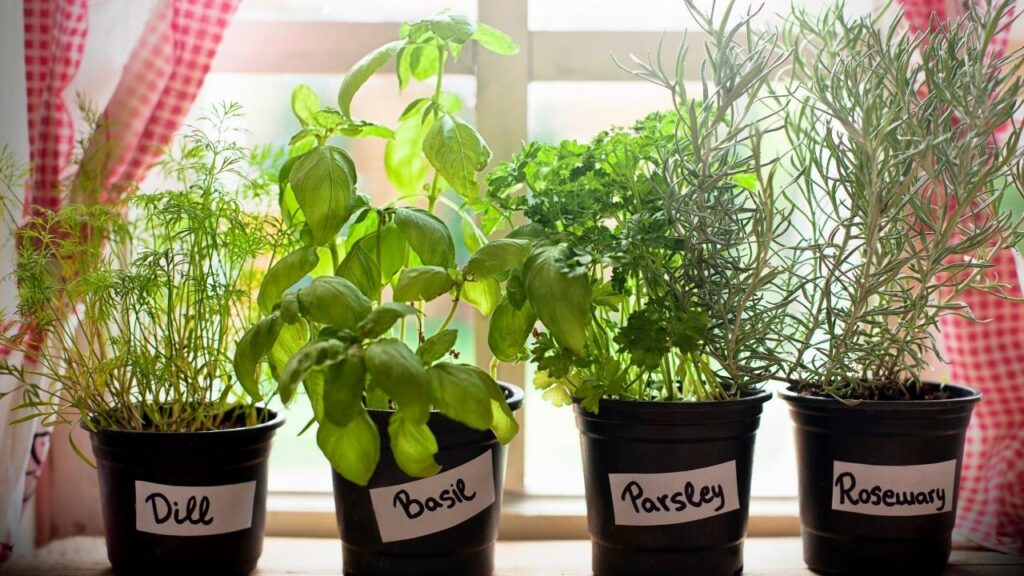
13) Vertical planting
This is a great planting approach that has gained popularity in recent years. Vertical planting allows for walls of green life that don’t take up too much space. You could put pots on an old ladder or rig up a vertical system outside with old guttering and a water-feeding system. Others find old pallets for free and adapt those as vertical structures.
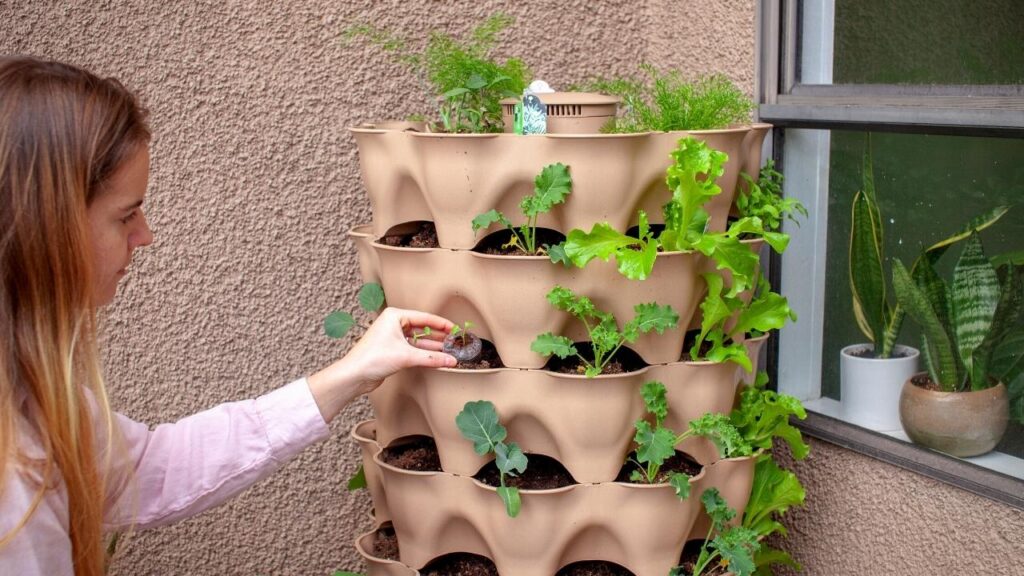
14) Polytunnel planting
This one may be in your favour if you have a larger garden and are keen to grow lots of different edible plants year-round. You can grow herbs in these protective tunnels alongside vegetables for a diverse kitchen garden. Just make sure the herb will be happy enough in those conditions first.

15) Hydroponics
Finally, there is the option of an indoor, soil-free hydroponic system. If you are already into this style of gardening, herbs may be a fun next step to take. But, this approach may not offer the same fun experience for family gardening plans as traditional methods.
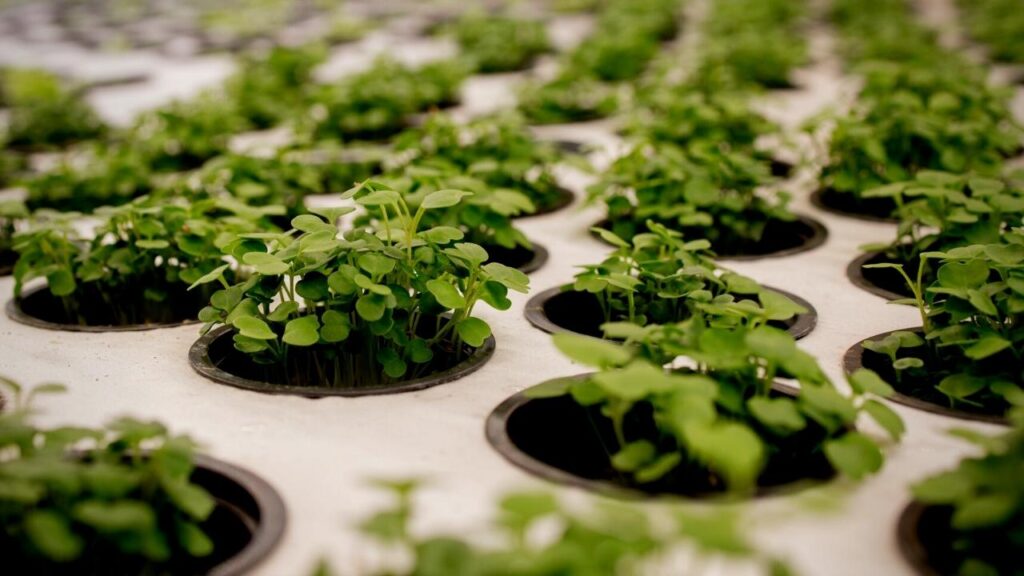
Important considerations when choosing herbs
1) Culinary or Medicinal? Think of your end goal and choose plants accordingly. What would you like to eat or what might help a specific ailment?
2) How tough are they? Beginner herb growers should go for hardy perennials that can survive mistakes and look after themselves a little better.

3) How much sun do they need? This can vary so make sure to offer shade where necessary.
4) Should you use a container? Some herbs tend to spread so pots can help contain that. Research how they all grow so you aren’t swamped.
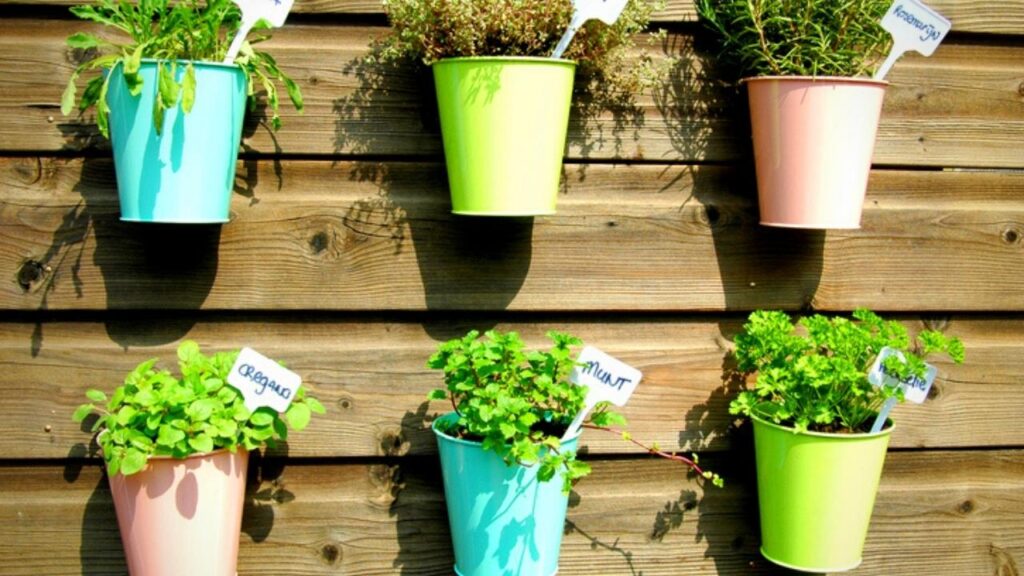
5) How tall are they. Tiered planting structures used in flowerbeds work with herbs too. Tall shrubs like rosemary at the back and short ones like chamomile at the front.
6) Do you have the time to water lots of potted herbs? If not, a wilder outdoor area may be better.

7) Do you have the space to sow seed trays? You need to start these herbs in trays, maybe in a potting shed or on a windowsill, before they go into the garden.
8) Where are you going to store them? Growing herbs is as much about harvesting them for use. So, how are you going to dry them out and store them if you aren’t using them all fresh?
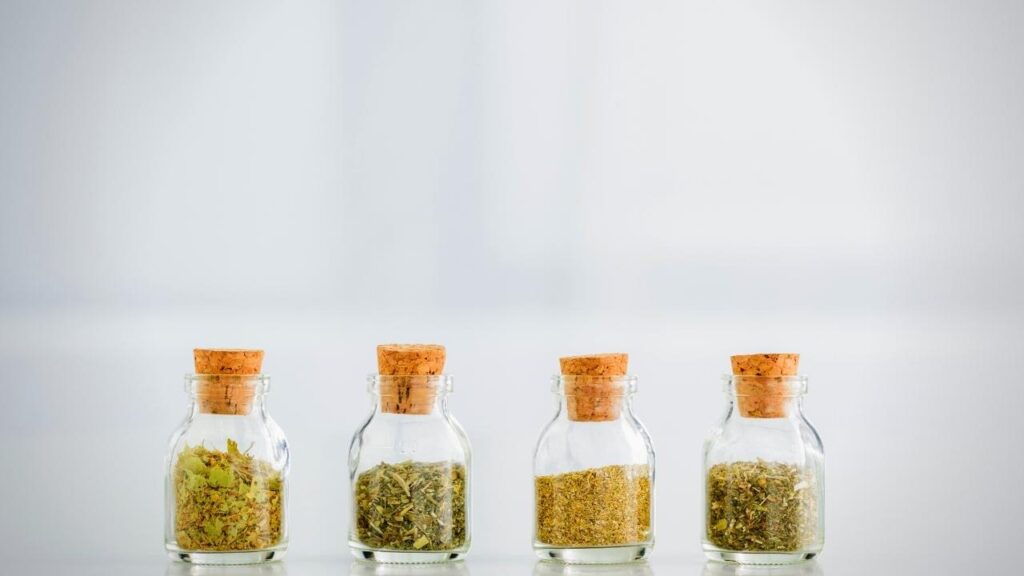
Growing your own herb garden at home
As you can see, there are lots of fun ways to bring herbs into your home – either in a more traditional garden setting, those container systems, or indoors. You can then play around with decorative focal points to draw people into the space. You simply need to find what is practical and fun for your family and use the best plants for the space. I will be back soon with a guide on easy herbs to grow so check that out once you’ve figured out the best planting arrangement.
Leave a Reply